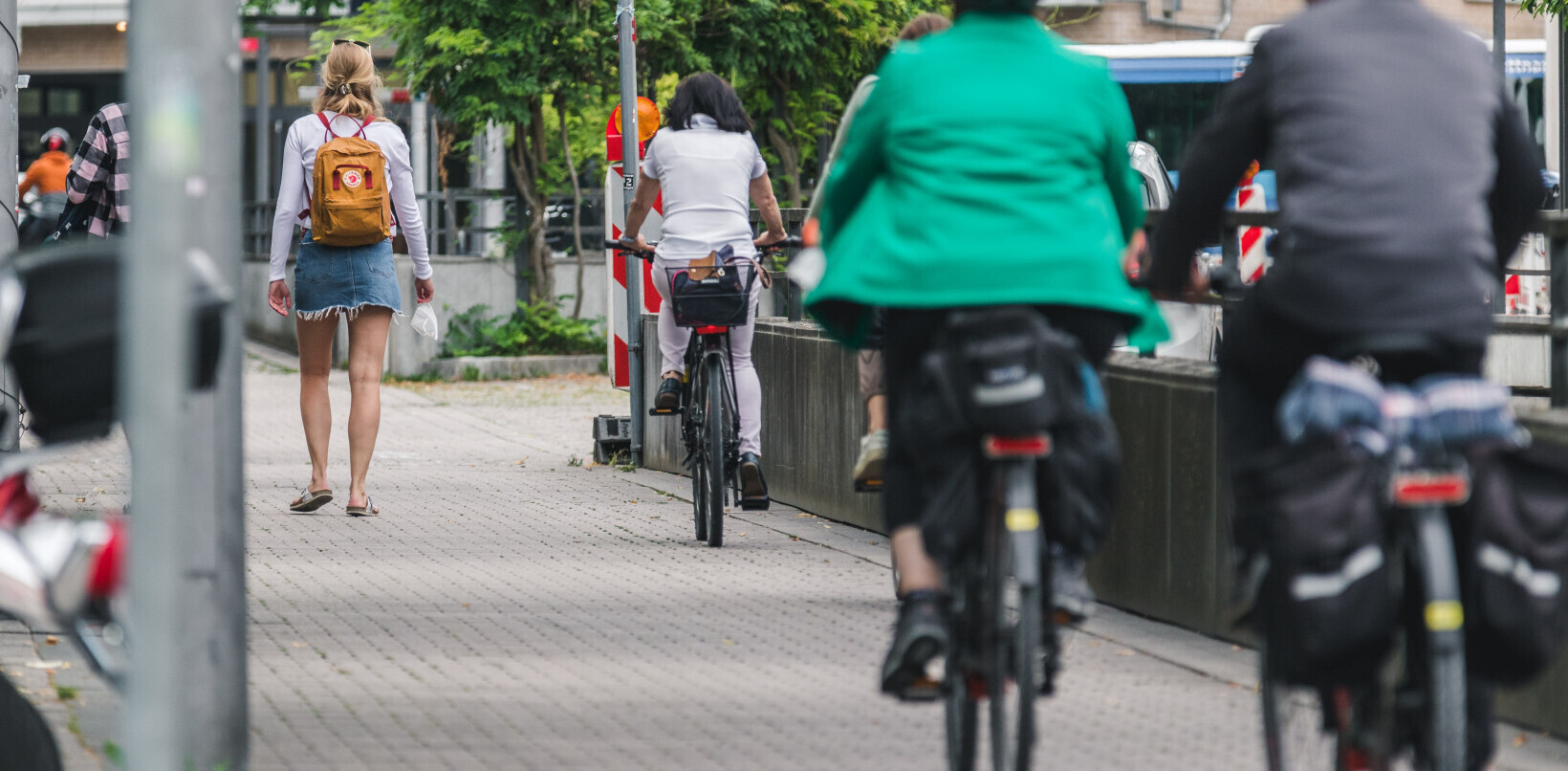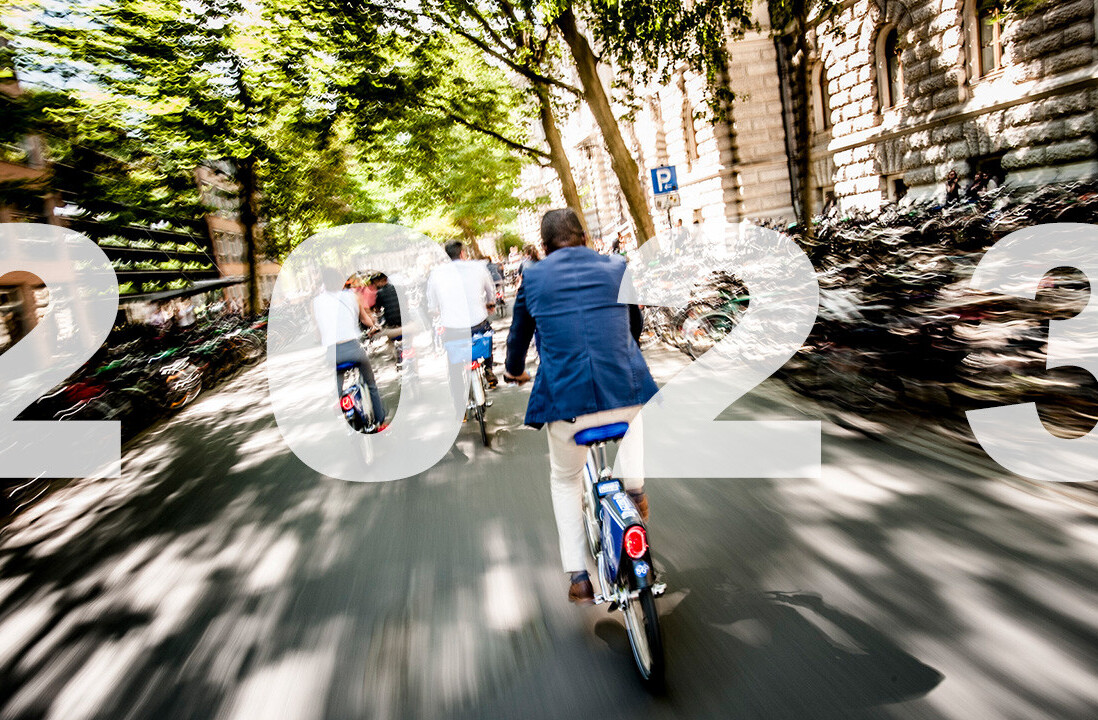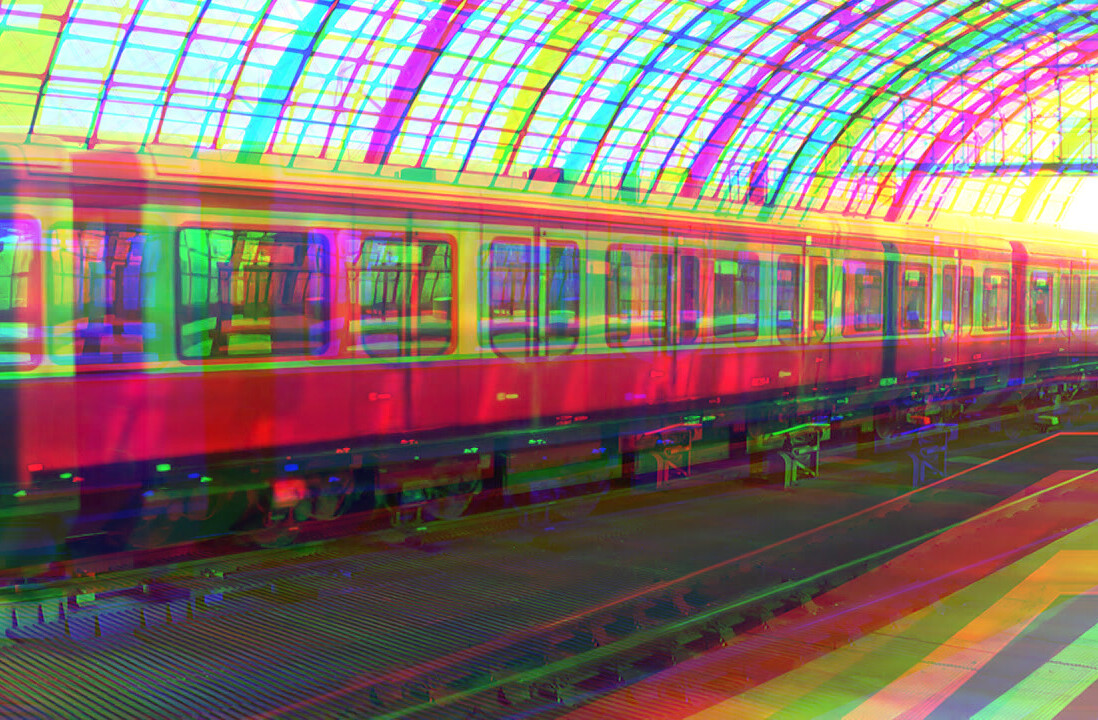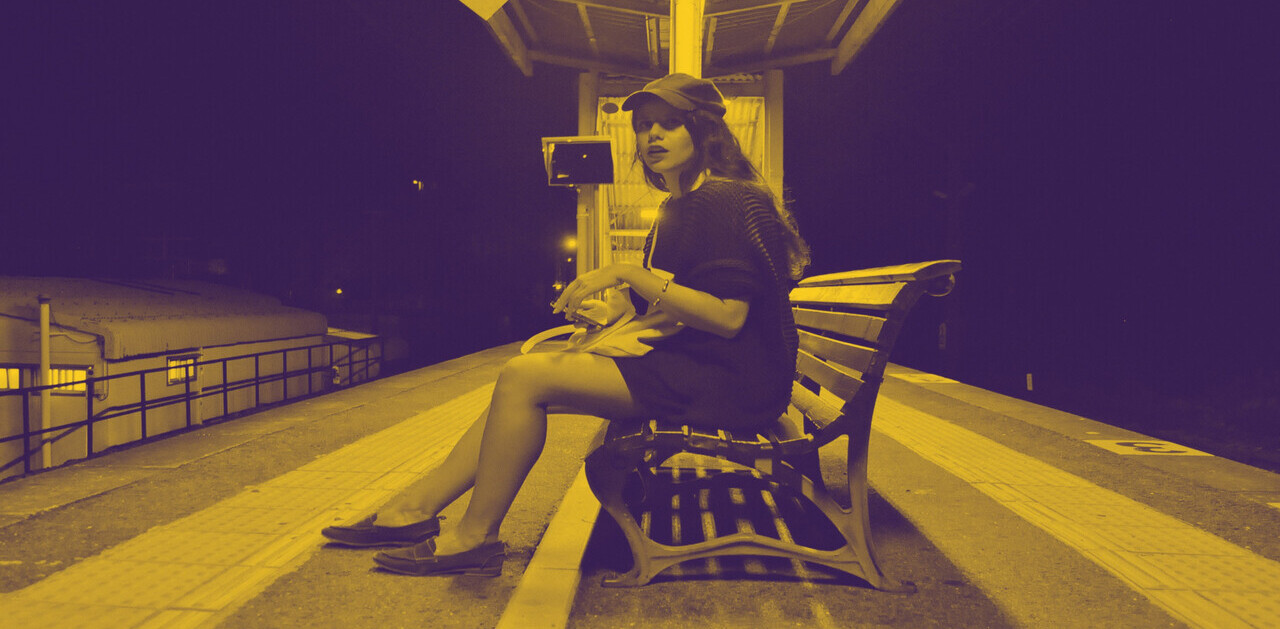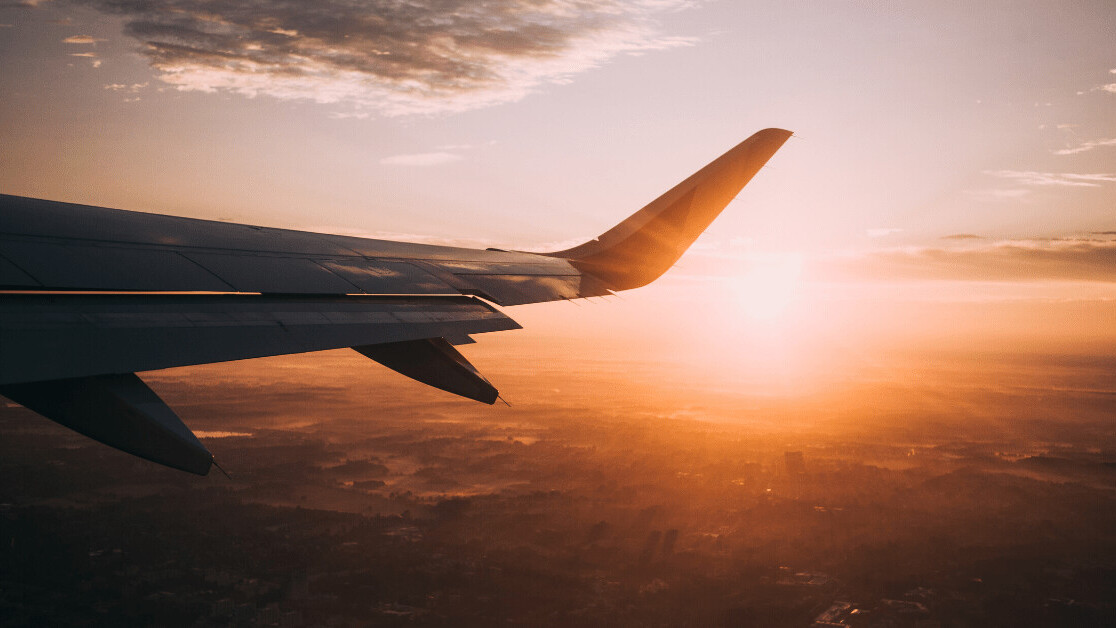
The transport sector has been impacted as much as any by the coronavirus. This isn’t a normal period of disruption, which is usually caused by failures in supply such as road accidents or industrial action. In this case it is the lack of demand that is the problem.
When the world finally emerges from the pandemic and travel restrictions are ended, a whole reservoir of pent up demand will be suddenly released as people seek to make up lost time. Yet by that point the sector could already look very different, and months of lockdown could have changed patterns of behavior forever. So what will the crisis mean for how we travel in the future?
The short-term changes are clear: transport has been restricted to people making only necessary journeys. With the exception of deliveries of food and medicine, other forms of travel have dropped precipitously. Specifically, car trips have fallen significantly, while anecdotal evidence suggests that the number of passengers in each car has reduced even further, and walking and cycling trips have been limited.
Yet more dramatic has been the meltdown in public transport use. Airlines and airports are cutting services and staff while seeking government bailouts, and bus operators are employing similar strategies. The UK’s privately-owned train companies have effectively already been nationalized.
Less flying, more walking
This will have profound long term effects. While trips to see friends and family should be relatively unaffected, other travel wanill significantly change. In particular, business trips by air and long-distance rail journeys are vulnerable to being replaced by videoconferencing, and we may see less commuting as people and organizations get more used to remote working.
It is also highly likely that the steady decline of the high street will be rapidly accelerated, perhaps irreversibly, as home delivery services thrive in their place. Less certain perhaps is what happens to leisure trips. After the pandemic, will there be a sharp uptake in cinema, church, pub or restaurant visits, or will people have changed their habits for good?
In the medium term at least, all this should mean less air travel and fewer longer-distance rail trips, and more walking, cycling and driver-only car journeys as people become more reluctant to share with others. For the same reason, taxis and minicabs could see less business, as could commuter rail, coach and bus among people who have genuine alternative options.
Meanwhile, the biggest supply-side impact will likely be the replacement of a significant number of real transport trips with “virtual journeys”. Finally, many industries have struggled to obtain components and raw materials needed to manufacture or sell their own products, particularly due to factories in China being closed for much of the first quarter of 2020. This has exposed a lack of resilience in how many businesses operate, which in some cases is leading to a reappraisal of how they move their products or services from supplier to customer.
From plane and train to the internet
What all this means for society is rather mixed. At the local level, more car use and less public transport may lead to traffic jams, delays, road accidents, air and noise pollution, and social isolation. But more trips being substituted by internet-based activities might mitigate these effects.
Relating to longer journeys, energy use and carbon dioxide look set to fall in a post-coronavirus world as people shift from plane and train to the internet. That is of course assuming the internet has sufficient bandwidth to cope. Overall, this suggests that the pandemic may well lessen the transport system’s environmental impact, though perhaps at the cost of slower economic growth.
A chance to proactively shape transport
In future, public transport operators will need to reassure users that they will not be infected. This means more cleaning, protective screens, improved air filters and less dense seating. The crisis may well also lead to transport providers revisiting how services are being delivered at the route and network level. More fundamentally, the pandemic provides a good opportunity for them to look again at the entire idea of public transport, both in terms of business models and how the sector meets the needs of a rapidly changing market place.
For the government, this is a once in a lifetime chance to proactively shape how transport is delivered and used, and to support and promote the most effective transport modes. This is because the extreme and protracted nature of the measures introduced to fight the pandemic is forcing us to re-evaluate almost every aspect of how we live. In turn, this could break down the habits and attitudes that underpin so many decisions at all levels as to how, where, when and why we travel.
So how should walk and cycle be encouraged first, followed by bus, rail and other shared transport, and only then the car? One key lever is to reallocate space towards pedestrians, cyclists and buses through dedicated lanes, and away from the private car. Other options to improve public transport include nationalizing or other more direct lines of public sector control, subsidizing more socially necessary services like rural bus routes, and charging single occupancy cars to access congested areas.
Governments could also run information campaigns that promote the “right choice” of mode, and move to better integrate services. This could be done through Mobility-as-a-Service![]()
This article is republished from The Conversation by Marcus Enoch, Professor in Transport Strategy, Loughborough University and James Warren, Senior Lecturer, Engineering and Innovation, The Open University under a Creative Commons license. Read the original article.
Get the TNW newsletter
Get the most important tech news in your inbox each week.

